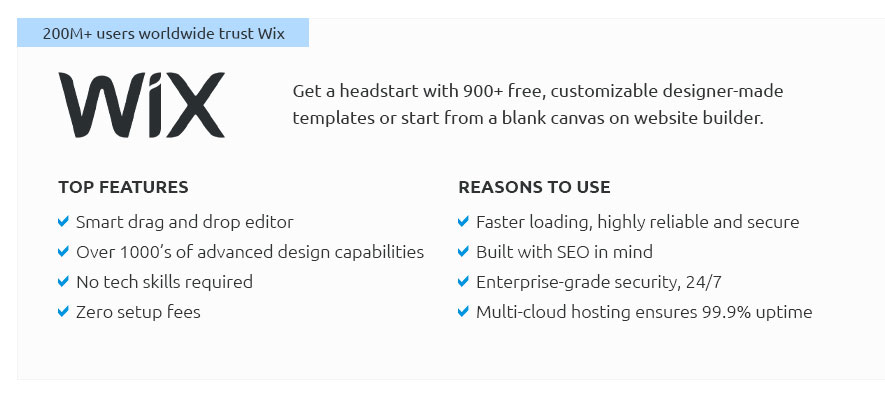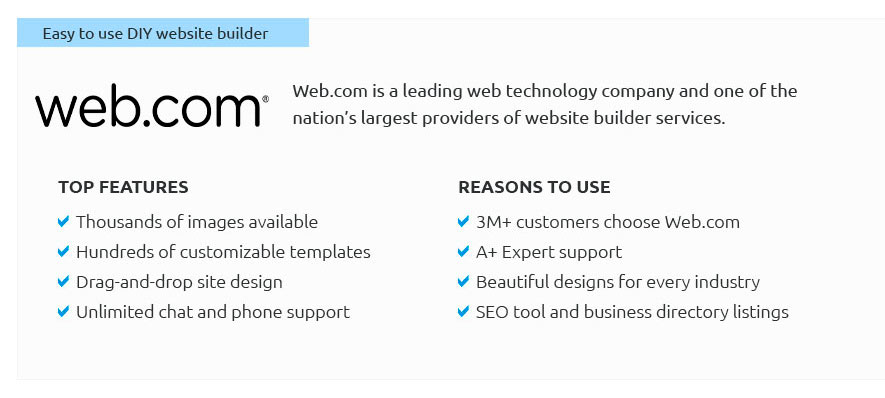 |
 |
 |
 |
|
 |
 |
 |
|
 |
|
 |
 |
|
 |
|
 |
|
 |
 |
How to Start a Website for Your BusinessIn today's digitally-driven world, establishing an online presence for your business is not just beneficial, it's essential. Whether you're a fledgling startup or an established company, creating a website can significantly boost your visibility, enhance customer engagement, and ultimately, drive sales. But how does one go about creating a website that is both functional and appealing? First and foremost, it's crucial to define the purpose of your website. Are you looking to sell products directly, or is your goal more about providing information and generating leads? The purpose will guide all subsequent decisions. Once this is clear, the next step is to choose a suitable domain name. This should be something memorable, easy to spell, and reflective of your brand. While it might seem trivial, the domain name is the first impression of your website, so take your time choosing one that resonates well with your target audience. Next, select a reliable hosting provider. The hosting service will store your website's data and ensure it's accessible to users around the clock. Opt for a provider known for excellent uptime, customer service, and scalability options. Many businesses opt for shared hosting when starting out, but if you anticipate high traffic, you might consider VPS or dedicated hosting for more robust performance. After securing hosting, it's time to design your website. This is where creativity meets strategy. The design should not only be aesthetically pleasing but also intuitive and user-friendly. Utilizing platforms like WordPress, Wix, or Squarespace can simplify the process, offering a range of customizable templates. Pay close attention to navigation ease, mobile responsiveness, and loading speed. Remember, a slow or confusing site can quickly deter potential customers.
Once your website is live, the work doesn't stop. Continuous maintenance, updates, and content refreshes are vital to keep your site relevant and functional. Moreover, invest in marketing strategies to drive traffic to your site. This can range from social media marketing to email campaigns and pay-per-click advertising. In conclusion, starting a website for your business is a multifaceted process that requires careful planning and execution. By focusing on the essentials like purpose, design, content, and security, you can create a website that not only meets your business goals but also provides a seamless experience for your users. Embrace the digital realm, and let your website be the cornerstone of your business's online presence. https://www.godaddy.com/resources/skills/how-to-start-a-website-from-a-to-z
Website builders are great for entrepreneurs and small business owners looking to establish an online presence quickly. They're easy to use, ... https://www.reddit.com/r/webdev/comments/wf594d/need_to_build_a_website_for_a_business_company/
Drop dummy content and graphics in it so it looks how I want. Save this as a Page Template. Then Create the Pages in the WP Editor and tie the ... https://squareup.com/us/en/the-bottom-line/starting-your-business/how-to-set-up-a-business-website
1. Register your domain. - 2. Pick a website style. - 3. Build out your website pages. - 4. Connect your POS. - 5. Implement some SEO (search engine optimization).
|